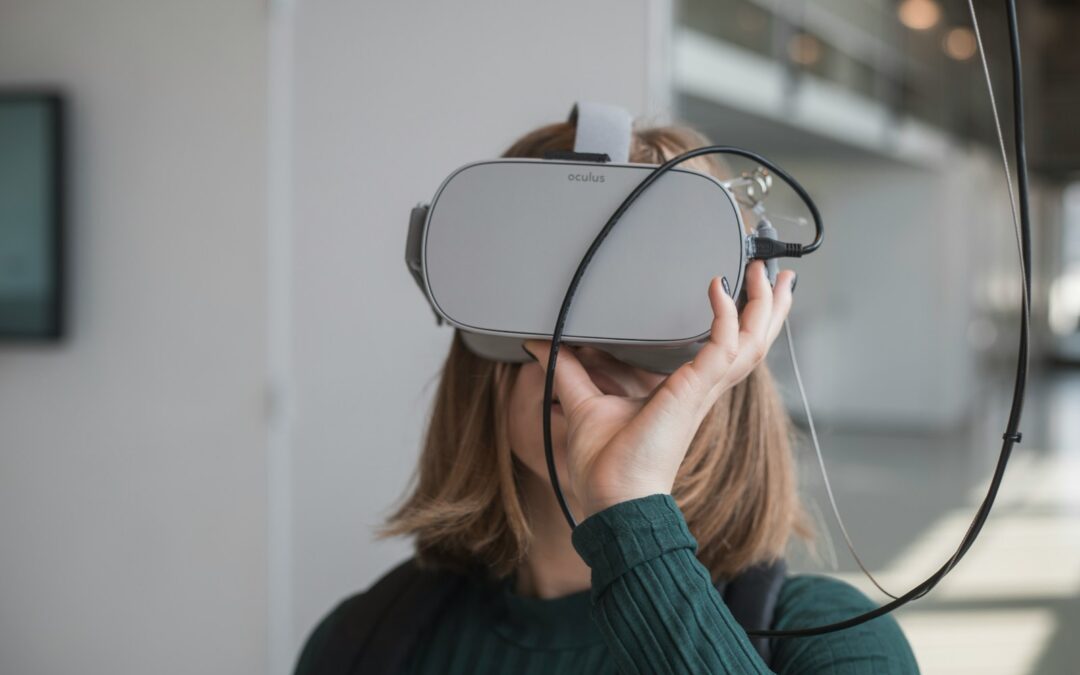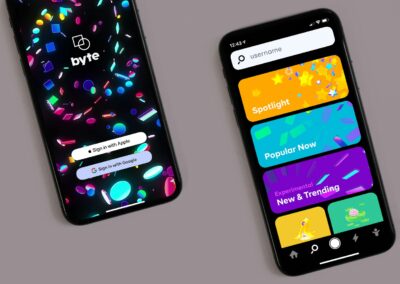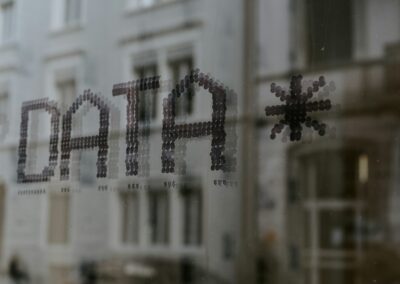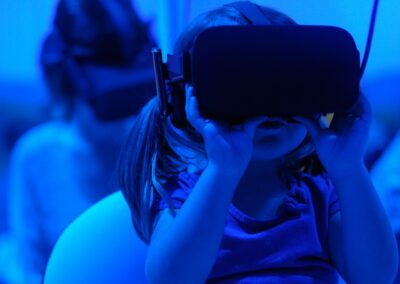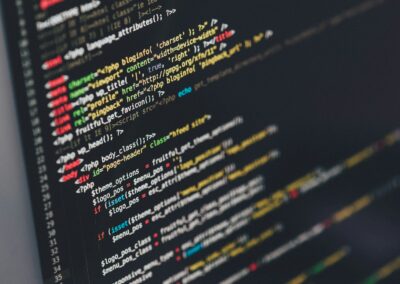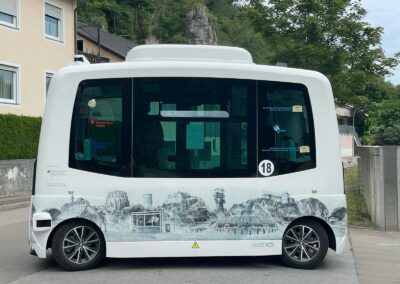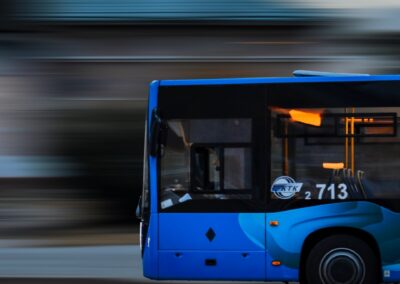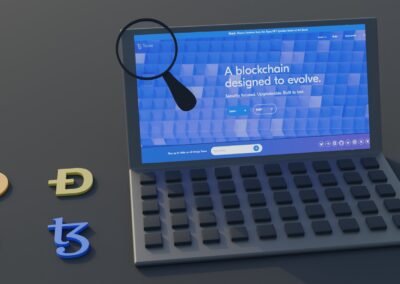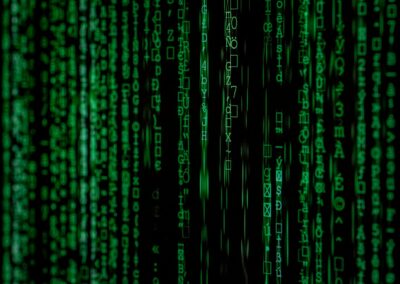Overcoming Barriers to Seamless Data Integration in Digital Twins
Understanding Digital Twins and Real-Time Data
Integrating real-time data into digital twins is a groundbreaking advancement in modern technology, promising significant enhancements in various sectors such as manufacturing, healthcare, and urban planning. Digital twins are virtual replicas of physical entities that allow for simulation, analysis, and control. By incorporating real-time data, these digital models can provide up-to-date insights, predictive maintenance, and operational efficiency. However, this integration presents several technological and logistical challenges that must be addressed to fully realize the benefits of digital twins. In regions like Saudi Arabia and the UAE, where innovation and digital transformation are key priorities, overcoming these challenges is critical for driving business success and technological advancement.
The first step in understanding the integration of real-time data into digital twins is recognizing the immense potential it holds. Real-time data streams from sensors and IoT devices can update digital twins continuously, enabling accurate monitoring and immediate response to changes. For instance, in smart cities like Riyadh and Dubai, digital twins of urban infrastructure can use real-time data to optimize traffic flow, manage utilities, and enhance public safety. This dynamic interaction between the physical and digital worlds fosters a more efficient and responsive environment, crucial for sustainable urban development.
Moreover, the healthcare sector can significantly benefit from digital twins integrated with real-time data. Digital replicas of medical devices or even patients can monitor health conditions in real-time, predict potential issues, and suggest timely interventions. This capability is particularly valuable in Saudi Arabia and the UAE, where there is a strong emphasis on advancing healthcare technologies to improve patient outcomes and operational efficiency. However, the seamless integration of real-time data into these digital models requires addressing several complex challenges.
Technological Challenges of Real-Time Data Integration
One of the primary technological challenges in integrating real-time data into digital twins is data management. The vast amount of data generated by sensors and IoT devices can be overwhelming, requiring robust systems for data collection, storage, and processing. Ensuring data accuracy and consistency is paramount, as any discrepancies can lead to incorrect analyses and decisions. In cities like Riyadh and Dubai, where the scale of data generation is immense, leveraging advanced data management solutions such as cloud computing and edge computing can help manage and process data efficiently.
Another significant challenge is ensuring data security and privacy. Real-time data often includes sensitive information that must be protected from cyber threats and unauthorized access. Implementing strong encryption methods, secure communication protocols, and comprehensive cybersecurity measures is essential to safeguard data integrity. For regions like Saudi Arabia and the UAE, which are increasingly targeted by cyber-attacks due to their rapid digitalization, prioritizing data security is critical for the successful integration of real-time data into digital twins.
Interoperability is also a key challenge. Integrating data from various sources and ensuring that different systems and devices can communicate seamlessly is complex. Standardizing data formats and communication protocols can help address interoperability issues. In the Middle East, where infrastructure projects often involve multiple stakeholders and diverse technologies, achieving interoperability is crucial for creating cohesive and functional digital twins.
Logistical Challenges and Addressing Them
The logistical challenges of integrating real-time data into digital twins are multifaceted and require strategic planning and execution. One major logistical hurdle is the deployment and maintenance of the necessary sensor and IoT infrastructure. Installing and managing a vast network of sensors across large geographic areas or complex industrial environments can be resource-intensive. In regions like Riyadh and Dubai, where infrastructure projects are expansive and ongoing, effective planning and resource allocation are essential for successful deployment.
Another logistical challenge is ensuring the reliability and scalability of data transmission networks. Real-time data integration relies on the continuous flow of information from sensors to digital twins, necessitating robust and scalable communication networks. Any disruptions or limitations in network bandwidth can hinder the effectiveness of real-time data integration. Investing in advanced communication technologies such as 5G can significantly enhance data transmission capabilities, ensuring that digital twins receive timely and accurate data.
Additionally, the integration process itself can be complex and requires specialized skills and expertise. Training and developing a workforce capable of managing and operating digital twin systems is crucial. In Saudi Arabia and the UAE, where there is a strong emphasis on developing a skilled workforce in technology and innovation, investing in education and training programs can help build the necessary expertise to address these logistical challenges.
Strategic Approaches to Overcoming Challenges
Leveraging Advanced Technologies
Leveraging advanced technologies such as AI and blockchain can play a crucial role in overcoming the challenges of integrating real-time data into digital twins. AI can enhance data processing capabilities, providing predictive analytics and automating decision-making processes. For example, AI algorithms can analyze data from digital twins to predict equipment failures and schedule maintenance, reducing downtime and improving operational efficiency. In the context of smart cities like Riyadh and Dubai, AI can optimize urban management by analyzing real-time data on traffic, energy usage, and public services.
Blockchain technology can enhance data security and transparency. Its decentralized and immutable nature ensures that data transmitted between sensors and digital twins is secure and verifiable. Blockchain can also facilitate interoperability by providing a standardized platform for data exchange. In the Middle East, where data security and transparency are paramount, integrating blockchain with digital twin systems can provide a robust solution to some of the key challenges.
Collaborative Efforts and Best Practices
Collaborative efforts among industry stakeholders, government bodies, and technology providers are essential for addressing the challenges of real-time data integration. By working together, these entities can develop standardized protocols, share best practices, and create a supportive ecosystem for digital twin implementation. In Saudi Arabia and the UAE, where public-private partnerships are driving technological innovation, fostering collaboration can significantly enhance the effectiveness and scalability of digital twin projects.
Implementing pilot projects and phased deployments can also help address logistical challenges. By starting with smaller-scale implementations, organizations can identify potential issues and develop solutions before scaling up. This approach allows for gradual integration and continuous improvement, ensuring that the systems are robust and reliable. In regions like Riyadh and Dubai, where large-scale infrastructure projects are common, phased deployments can provide a practical and manageable pathway to full-scale implementation.
Investing in Education and Skill Development
Investing in education and skill development is crucial for building a workforce capable of managing and operating digital twin systems. Training programs and certifications in digital twin technology, data analytics, cybersecurity, and IoT can equip professionals with the necessary skills and knowledge. In Saudi Arabia and the UAE, where there is a strong focus on developing human capital in technology and innovation, educational institutions and industry partnerships can play a pivotal role in providing relevant training and career development opportunities.
In conclusion, integrating real-time data into digital twins presents significant technological and logistical challenges, but also offers immense potential for enhancing operational efficiency and user engagement. By leveraging advanced technologies, fostering collaboration, and investing in education, regions like Saudi Arabia, the UAE, Riyadh, and Dubai can overcome these challenges and lead the way in digital twin innovation. As digital twin technology continues to evolve, addressing these challenges will be crucial for realizing its full potential and achieving long-term business success.
—
#digitaltwins #realtimedata #technologicalchallenges #logisticalchallenges #SaudiArabia #UAE #Riyadh #Dubai

